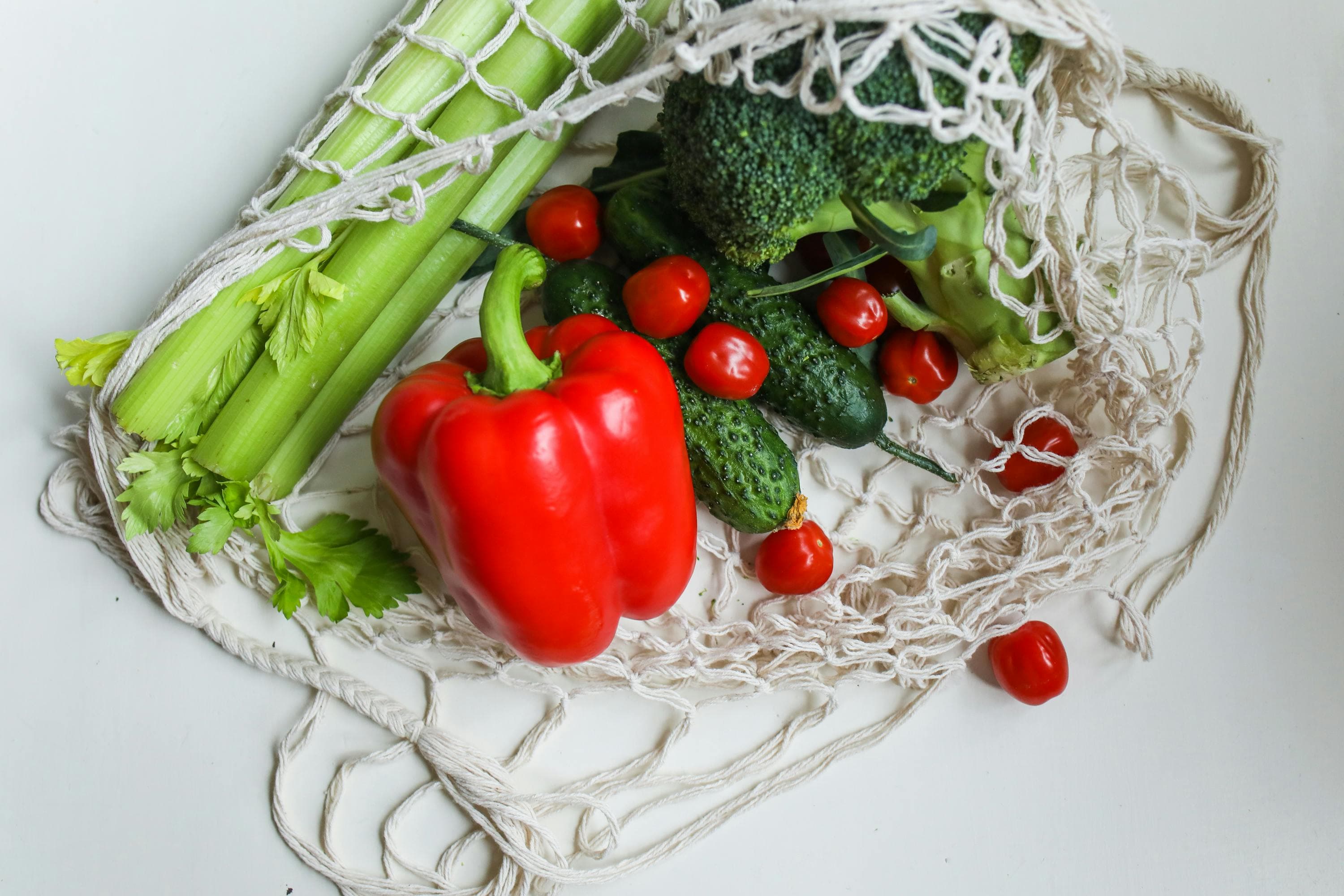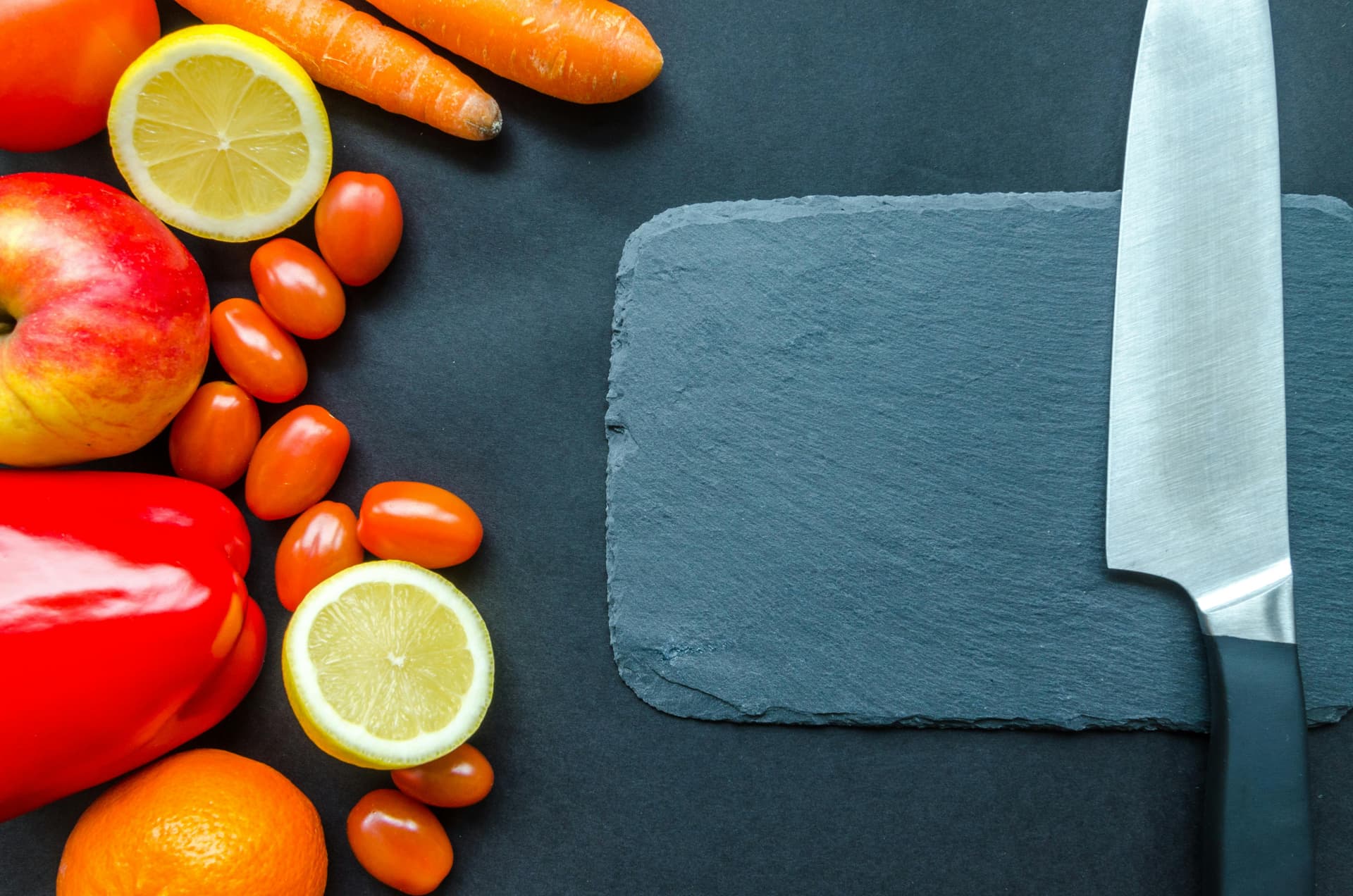Best Diet Tips for People with POTS

Alan Smithee explores how to live a healthier life, without pressure, but with intention. His texts ...

With Fastic, millions of people have achieved their desired weight, overcome disease and regained their quality of life.
Living with Postural Orthostatic Tachycardia Syndrome (POTS) can feel like a daily balancing act. From managing dizziness and fatigue to dealing with a racing heart, the symptoms can be overwhelming. But did you know that what you eat, and don't eat, can make a big difference in how you feel?
Diet plays a crucial role in managing POTS symptoms. The right foods can help stabilize your blood pressure, improve circulation, and boost your energy levels, while the wrong one can leave you feeling worse. Whether you are looking for the best foods to include, tips on what to avoid, or even how to follow a POTS diet plan, this guide has you covered.
Here, we’ll explore the best diet tips for POTS, including foods that help, foods to avoid, and answers to common questions like, “Does salt really help?” or “Can sugar make your symptoms worse?” Let’s explore and discover how you can take control of your POTS symptoms through the power of nutrition.
Diet for POTS: Foods That Help
Key Nutrients for POTS Management
For managing POTS, don’t forget to use the Fastic App to track key nutrient intake, such as sodium, potassium, magnesium, and hydration, which play a vital role in regulating blood volume and circulation. For example:
Sodium helps retain fluid and expand blood volume, reducing dizziness.
Potassium balances sodium, regulates heart rate, and supports blood pressure.
Magnesium aids muscle function, prevents cramps, and supports blood pressure.
Hydration is crucial; drinking plenty of fluids, especially with electrolytes, helps maintain circulation and prevent symptoms.
Recommended Foods for POTS
Choosing the right foods and beverages can help alleviate your symptoms. Below are some examples.
Foods High in Sodium:
Olives
Cottage cheese
Canned soups and vegetables
Pickles
Cured meats.
Potassium-Rich Foods
Bananas
Spinach
Sweet potatoes
Avocados
Beans and lentils.
Magnesium Sources
Leafy greens (e.g., spinach, kale)
Nuts and seeds (e.g., almonds, pumpkin seed)
Whole grains
Legumes
Fish.
Hydration and Electrolyte-Rich
Coconut water
Electrolyte-infused drinks
Homemade electrolyte solutions
What Foods to Avoid with POTS: Triggers to Watch out For
Foods That Can Worsen POTS Symptoms
It is also important to avoid certain foods and beverages that can exacerbate your symptoms. Being mindful of these triggers can help in better managing the condition. Here are some examples:
High sugar foods and drinks (e.g., candies, pastries, and sugary beverages)
Excessive caffeine
Alcohol
Processed foods with low nutritional value.
But Why Do These Foods Trigger POTS?
Sugar
High sugar intake can cause rapid increases in blood glucose, followed by swift declines, leading to symptoms like dizziness and fatigue.
Caffeine
Research suggests that caffeine can cause a temporary spike in blood pressure and heart rate, which may exacerbate POTS symptoms.
Alcohol
Alcohol consumption can lead to dehydration and a decrease in blood pressure, which can worsen POTS symptoms.

Common Questions About Diet and POTS
Can POTS Cause Weight Gain?
POTS is more commonly associated with weight loss. Symptoms like nausea can make it challenging to consume or digest enough calories, leading to weight loss. However, individual experiences can vary, and some people might notice changes in their weight. If you are concerned about weight fluctuations, it is best to discuss this with your healthcare provider.
What Diets Are Good for People with POTS?
Many individuals with POTS experience gastrointestinal (GI) discomfort or conditions like Irritable Bowel Syndrome (IBS). In such cases, some experts suggest trying a gluten-free or low FODMAP diet to alleviate these symptoms. Also, increasing your salt intake can help to manage POTS symptoms by boosting blood volume. However, do not forget to consult with your doctor before making significant dietary changes, especially if you have heart or kidney issues.
Does POTS Get Worse When You eat?
Yes, consuming large meals can worsen POTS symptoms. This happens because digestion requires increased blood flow to your gastrointestinal tract, which can divert blood from your heart and brain, leading to symptoms like dizziness or lightheadedness. To minimize this effect, research suggests trying eating smaller, more frequent meals throughout the day.
Does Salt Help POTS?
Sodium can improve your POTS symptoms. By retaining more fluid, sodium helps maintain blood pressure and reduces dizziness upon standing. If your doctor recommends a higher-sodium diet, they might suggest aiming for a specific daily intake tailored to your needs. Always follow your healthcare provider’s guidance regarding salt consumption.
Does Sugar Make POTS Worse?
High sugar intake can lead to rapid spikes and subsequent crashes in blood sugar levels, potentially exacerbating POTS symptoms (e.g., fatigue, lightheadedness). To maintain stable energy levels, experts advise to limit sugary foods and opt for complex carbohydrates (e.g., whole grains, legumes), which provide a steadier release of energy.
POTS Diet Plan: Safe and Effective Strategies
Managing POTS involves personalized dietary strategies tailored to your unique health needs. Collaborating with your healthcare provider is essential before implementing significant dietary changes. Here are some safe and effective diet strategies to consider:
Eat Small, Frequent Meals
Aim for five to six balanced meals to keep your blood sugar steady and reduce dizziness.
Focus on Nutrient-Dense Foods
Incorporate a variety of nutrient-rich, low-calorie foods into your diet (e.g., leafy greens, bell peppers, broccoli)
Lean Proteins
Options like chicken, turkey, tofu, and legumes support muscle function and overall health.
Whole Grains
Brown rice, quinoa, and oats offer sustained energy and fiber. These choices can help you manage weight and provide the nutrients necessary for optimal body function.
Don’t Forget to Stay Hydrated
Aim to drink 2 to 3 liters of fluids daily, adjusting for activity level and climate, including electrolyte-rich beverages can also be beneficial.
Incorporate Gentle Exercise
If tolerated, gentle exercises (e.g., yoga, walking) can improve circulation and overall well-being. But, always consult with your healthcare provider before starting any new exercise routine to ensure it is appropriate for your condition.
Limit High-Carbohydrate Foods
Opt for balanced meals with adequate protein and healthy fats to maintain energy levels.
Last But Not Least: Consult a Dietitian
Remember, managing POTS is a personalized journey. It is essential to work closely with a registered dietitian to develop a personalized guidance tailored to your specific needs, and help you create a sustainable eating plan that supports your health goals.
With Fastic, millions of people have achieved their desired weight, overcome disease and regained their quality of life.
Take the Quiz